Ever forgotten your Mac’s login password? You can reset it if you don’t remember or change it for security reasons.
The password of your user account in macOS is known as your login password. It’s the password that you use to log in to your Mac and make certain changes, such as installing software.
When You Know Your Password
If you know your password and can use it to log in to your account, you can change your password in Users & Groups preferences:
- Choose System Preferences from the Apple menu, then click Users & Groups.
- Select your user name from the list of users.
- Click the Change Password button, then follow the onscreen instructions. If you’re using a password hint, remember to update the hint for your new password.
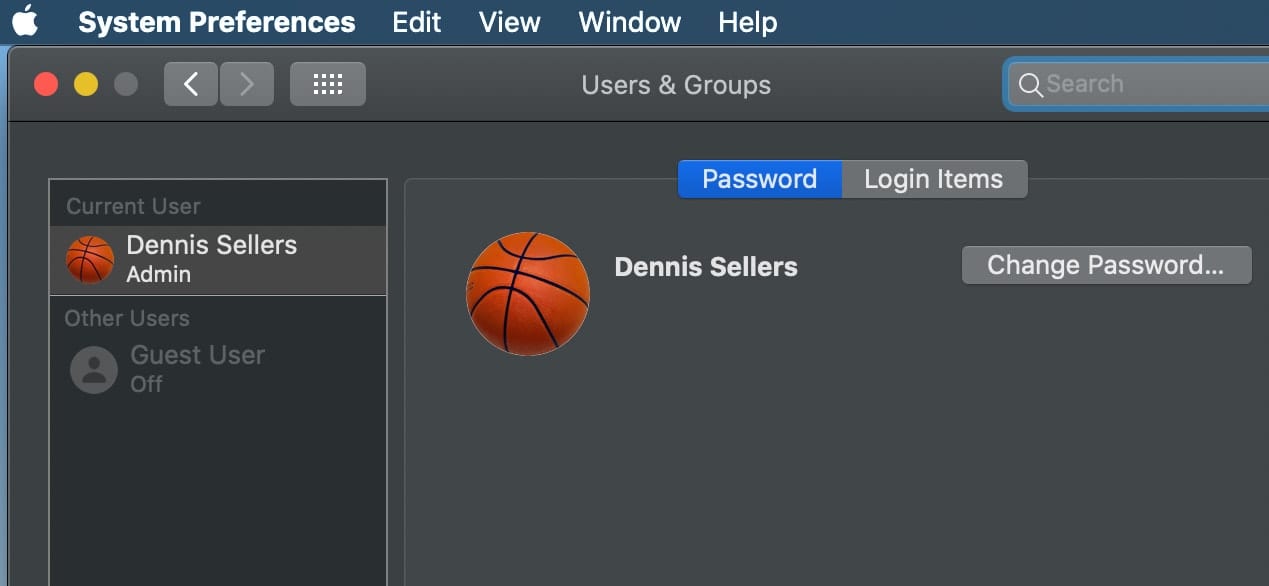
When You Don’t Know Your Password
If you don’t remember your password, or it isn’t working, you might be able to reset it using one of the methods described below. But first, try these simpler solutions:
- Make sure that you’re typing the correct uppercase or lowercase characters. If your keyboard has Caps Lock turned on, the password field shows a Caps Lock symbol.
- If the password field shows a question mark, click it to display a password hint that might help you to remember.
- Try to log in without a password. If that works, you can then add a password by following the steps to change your password.
- Try to log in with the Apple ID password that you use for iCloud. If you just changed that password and the new password isn’t working, try the old password first. If that works, you should be able to use the new password from then on.
Reset Your Password Using Your Apple ID
In some macOS versions, you can use your Apple ID to reset your login password.
- At the login screen, keep entering a password until you see a message saying that you can reset your password using Apple ID. If you don’t see the message after three attempts, your account isn’t set up to allow resetting with Apple ID.
- Click the arrow next to the Apple ID message, then follow the onscreen instructions to enter your Apple ID and create a new password. You’ll be asked to restart when done.
- Log in with your new password.
- Create a new login keychain.
Reset Your Password Using an Admin Account
If you know the name and password of an admin account on your Mac, you can use that account to reset the password.
- Log in with the name and password of the other admin account.
- Choose System Preferences from the Apple menu, then click Users & Groups.
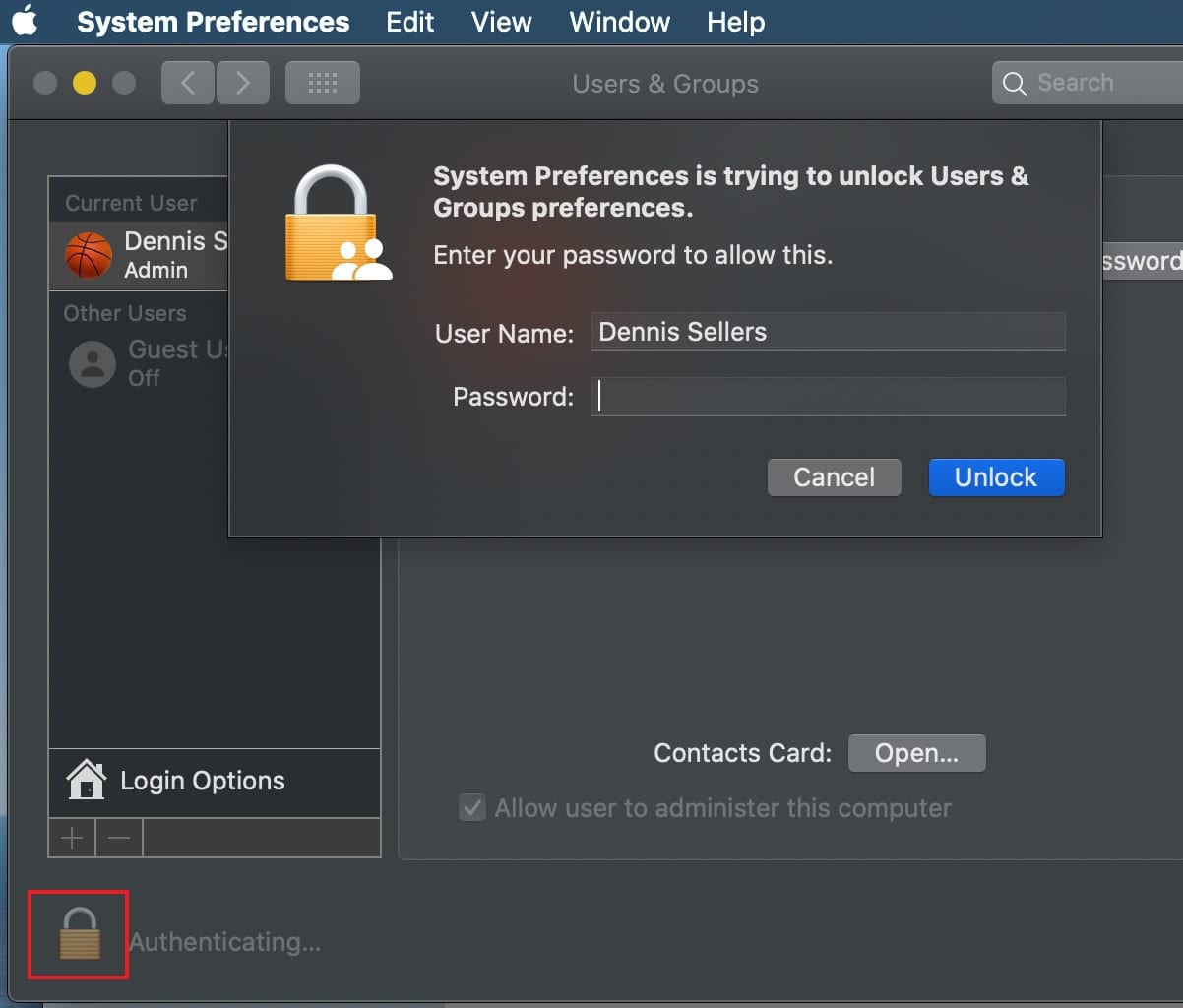
- Select your user name from the list of users.
- Click the Reset Password button, then follow the onscreen instructions to create a new password:
- Choose Log Out from the Apple menu.
- Log in to your account using your new password.
- Create a new login keychain.
Reset Your Password Using Password Assistant
If FileVault is turned on (you can find it in System Preferences > Security & Privacy), you might be able to reset your password using the Reset Password assistant. FileVault secures the date on your Mac’s drive by encrypting its content automatically. Your log-in password is needed to decrypt your data.
Your iCloud account can be used to unlock your disk and reset your login password if you forget it.
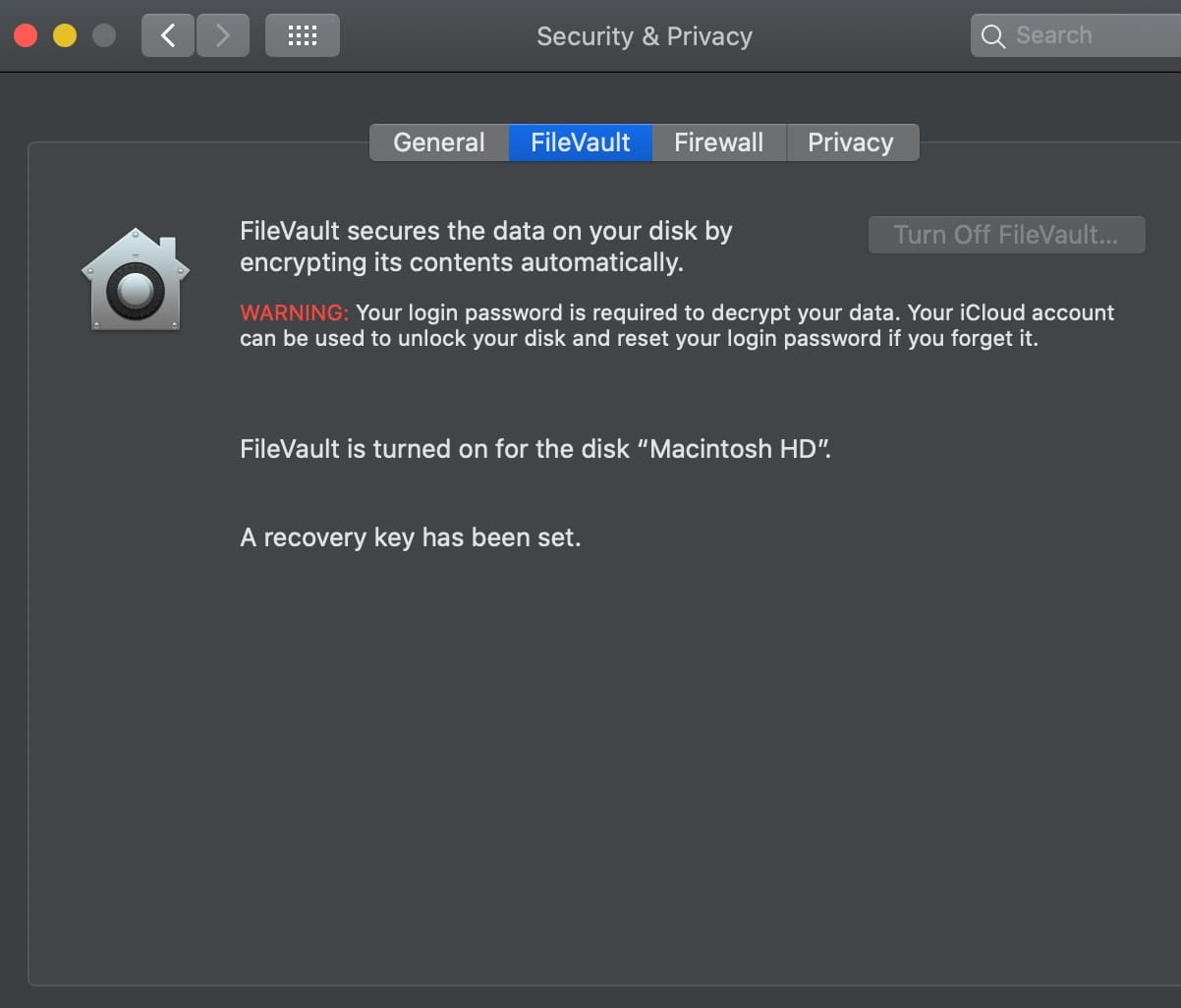
Wait up to a minute at the login screen, until you see a message saying that you can use the power button on your Mac to shut down and start up again in Recovery OS. If you don’t see this message, FileVault isn’t on.
- Press and hold the power button until your Mac turns off.
- Press the power button again to turn on your Mac.
When the Reset Password window appears, follow the onscreen instructions to create a new password.
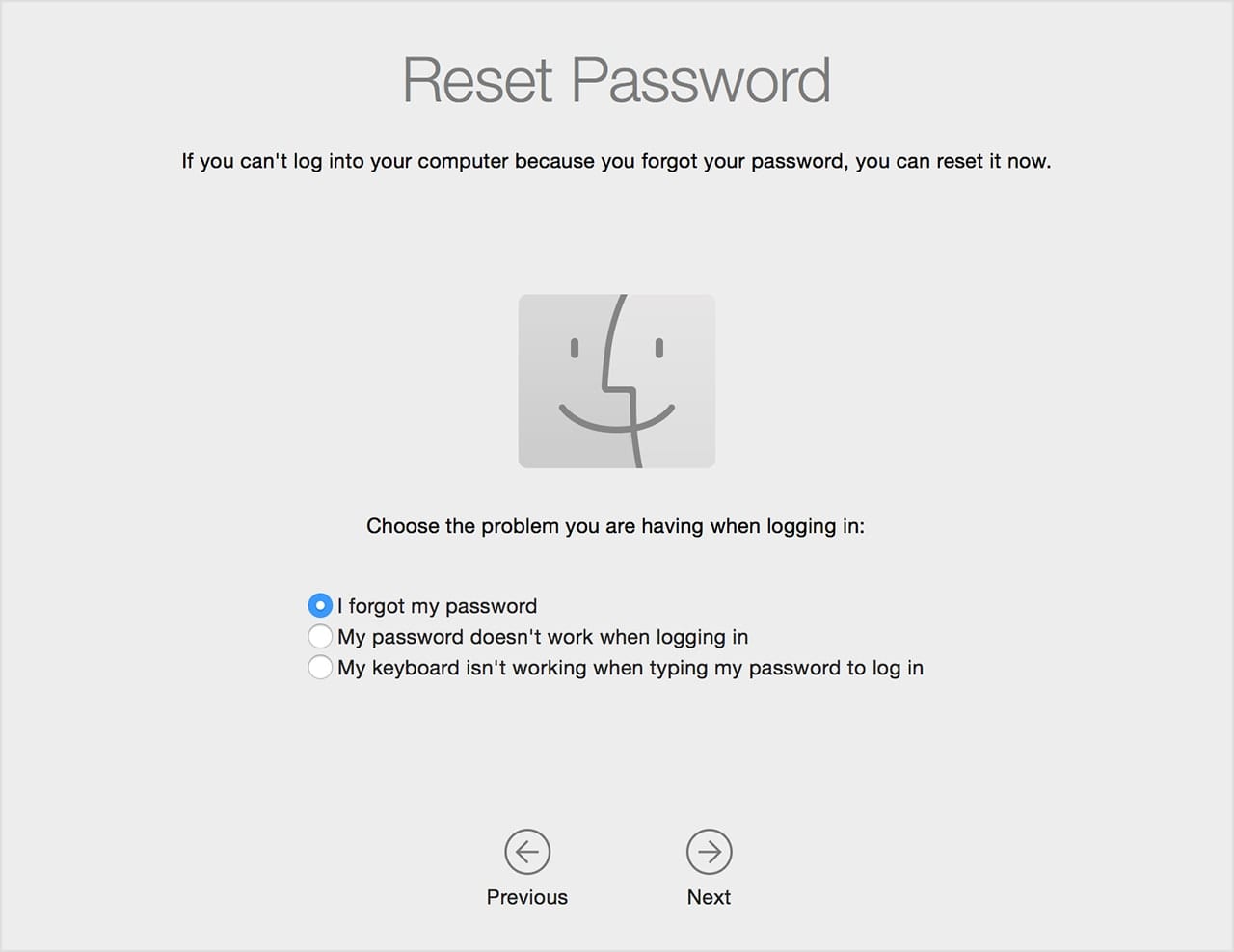
- If you need to connect to Wi-Fi, move your pointer to the top of the screen, and use the Wi-Fi menu to connect. To exit without resetting your password, choose Apple menu > Restart.
- When done, click Restart.
If you were able to reset your password with the Reset Password assistant, log in to your account using your new password.
Note: Make sure to create a new login keychain.
Reset Your Password Using a FileVault Recovery Key
If FileVault is turned on and you have a FileVault Recovery Key, you can use that key to reset your password. Your login password is needed to decrypt your data. Your iCloud account data can be used to unlock your disk and reset your login password if you forget it.
- At the login screen, keep entering a password until you see a message saying that you can reset your password using your Recovery Key. If you don’t see the message after three attempts, FileVault isn’t on.
- Click the arrow next to the message. The password field changes to a Recovery Key field.
- Enter your Recovery Key, then follow the onscreen instructions to create a new password. Click Reset Password when done.
- Create a new login keychain.
After resetting your password and logging back into your account, you might see an alert that the system was unable to unlock your login keychain. This is expected because the passwords for your user account and login keychain no longer match. Just click the Create New Keychain button.
If you didn’t see an alert about your login keychain, or you see other messages asking for your old password, reset your keychain manually:
- Open Keychain Access, which is in the Utilities folder of your Applications folder.
- Choose Preferences from the Keychain Access menu, then click the Reset My Default Keychain button in the preferences window. After you enter your new password, Keychain Access creates an empty login keychain with no password.
- Click OK to confirm.
If you don’t see a Reset My Default keychain button, close the preferences window and select the “login” keychain from the left side of the Keychain Access window. Press the Delete key, then click Delete References.
- Choose Log Out from the Apple menu to return to the login screen.
- Log in to your account using your new password. Your account password and login keychain password now match again.

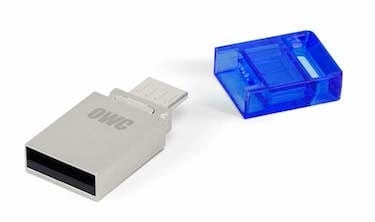
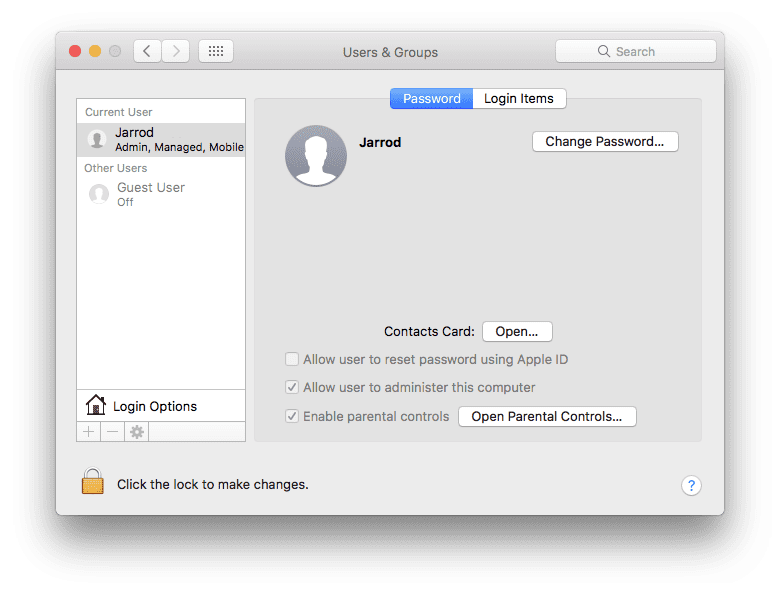






Very Helpful.
Nice, thanks~~~
If you are the only user on your computer, I recommend creating an account for your wife or mother and give it admin privileges.
Then you can always log on using their account to reset your password or for debugging purposes if your account gets corrupted.